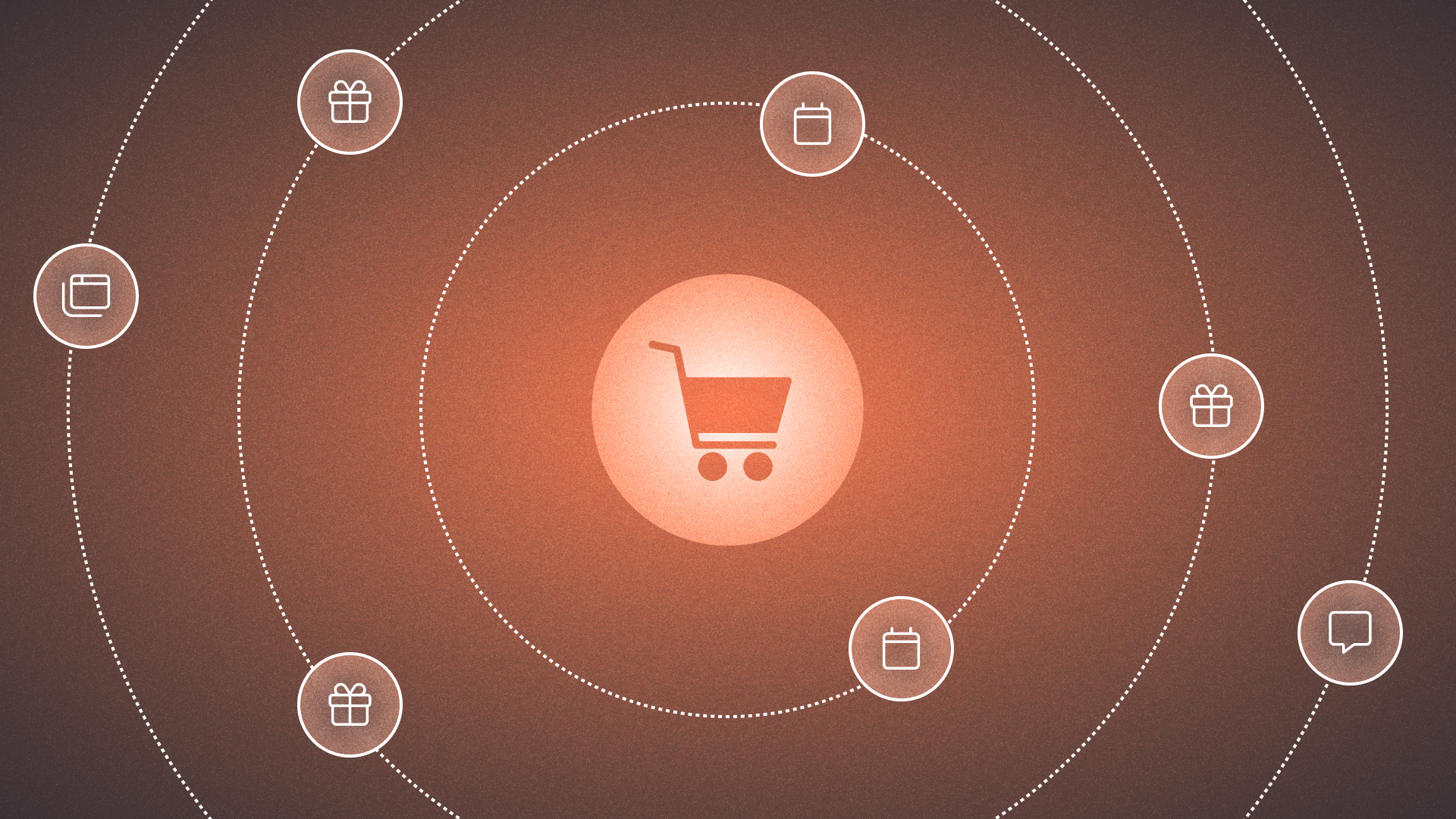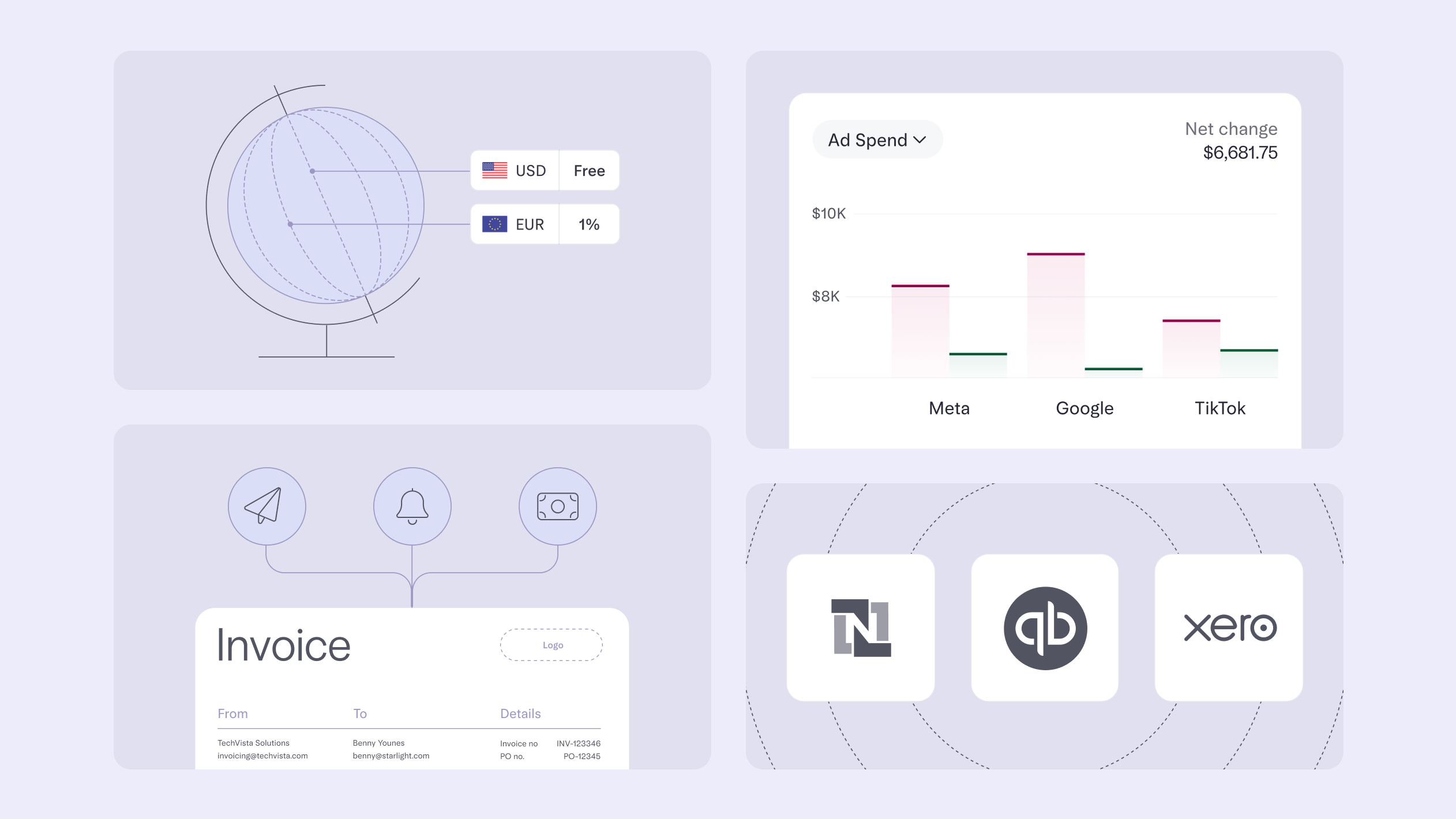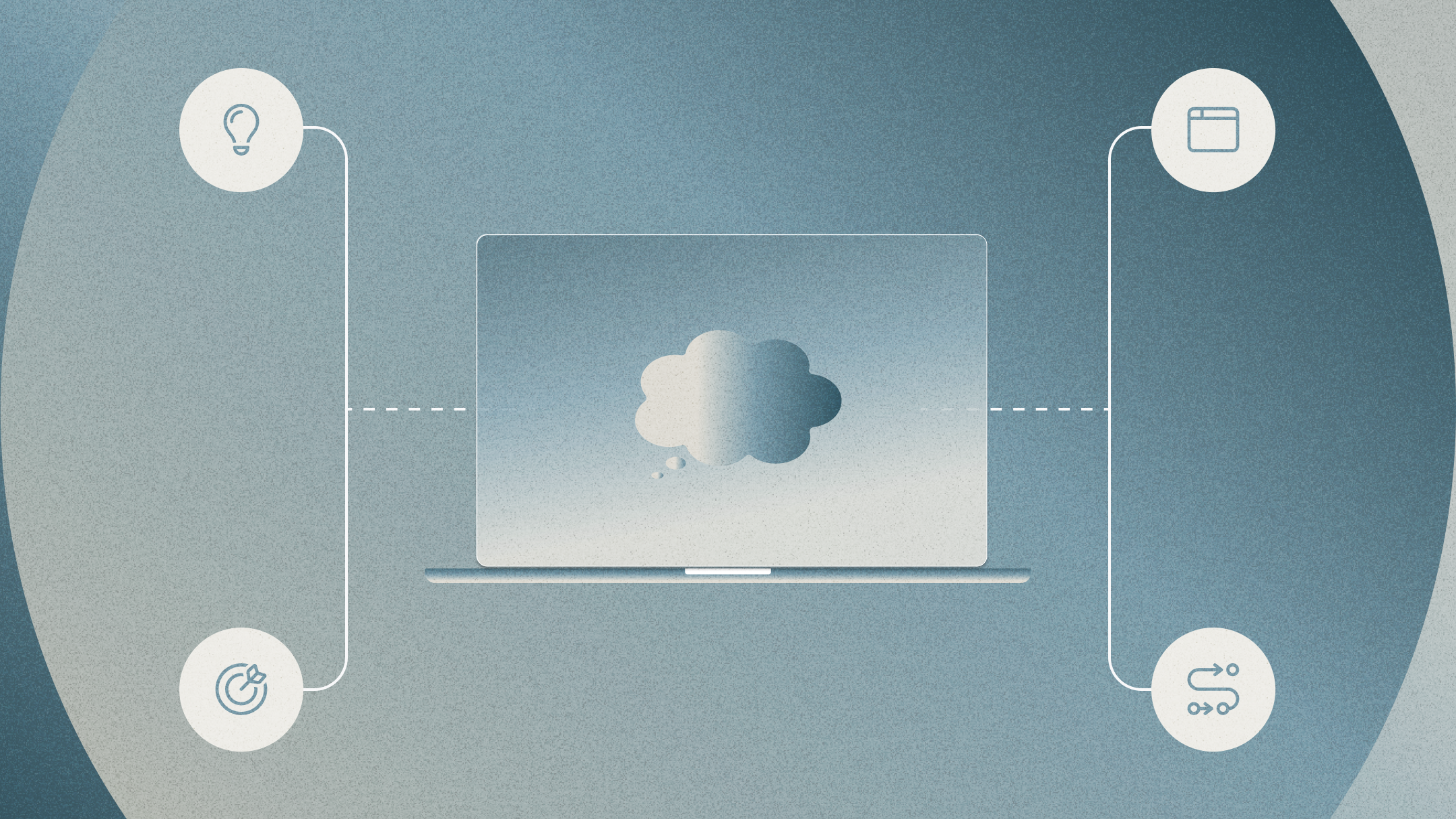A founder’s guide to BFCM: Balancing inventory, ad spend, and promotions

Dennis Yao Yu is the co-founder and CEO of The Other Group, a consulting firm that helps consumer brands and commerce technology founders with their growth strategies.
This post was written in collaboration with our friends at The Other Group.
For ecommerce founders, Black Friday Cyber Monday (BFCM) represents the most critical sales period of the year. It’s a time of immense opportunity, but also significant risk. The surge in traffic and sales can be a powerful engine for growth, but without a carefully orchestrated growth marketing strategy, it can also lead to cash flow crises, eroded margins, and missed opportunities.
While Mercury has covered topics around preparing your finances for peak season and ensuring your cashflow projections are accurate, we at The Other Group are here to provide a playbook for the growth levers you can pull to maximize your success. This is your guide to building a promotional calendar, crafting enticing offers, and engaging your customers in a way that not only drives sales, but also builds long-term value.
The promotional calendar: Your BFCM HQ
A well-designed promotional calendar is the cornerstone of a successful BFCM campaign. It’s your step-by-step plan for every touchpoint, from the initial teaser campaigns to the final post-purchase follow-ups.
A common mistake we see is brands starting their promotions too late, missing out on the early wave of holiday shoppers. In 2024, many successful brands started their campaigns as early as October, capturing demand before the peak season noise became deafening.
An extended sales period doesn’t just give you a head start; it also allows you to spread out demand, reducing the strain on your logistics and customer service teams during the peak weekend. This approach also caters to the growing number of consumers who start their holiday shopping well before Thanksgiving.
Here’s how to structure your promotional calendar for maximum impact:
Pre-BFCM warm-up
October - Early November
- Teaser campaigns: Create anticipation with sneak peeks of upcoming deals on social media and email.
- VIP early access: Reward loyal customers with exclusive early access to your BFCM sale. This generates early sales and social proof.
- Gift Guide launch: Publish curated gift guides early to capture shoppers in research mode.
BFCM peak week
Week of Thanksgiving
- Daily deals: Offer a new deal each day to keep customers returning.
- Flash sales: Create urgency with time-sensitive offers on specific products or categories.
- Tiered discounts: Encourage higher spending with offers like “10% off $50, 20% off $100, 30% off $150.”
Post-BFCM
Retention December
- “Last Chance” offers: Extend final offers to those who missed BFCM deals.
- New arrivals: Launch new products to capitalize on the influx of new customers.
- Loyalty Program push: Drive sign-ups with bonus points or exclusive discounts.
Discover how Mercury can support your business this BFCM

Gift guides & product selection: Curating for conversion
During BFCM, customers are often on a mission to find the perfect gift. A well-curated gift guide can be a powerful tool for driving discovery and increasing average order value (AOV). Instead of simply listing your products, think about how you can bundle them in a way that tells a story and solves a problem for your customers.
Consider creating themed bundles that cater to different customer personas or price points. For example, a skincare brand could offer a “Winter Glow Kit” or a “Stocking Stuffer Bundle.” These curated selections not only make the shopping experience easier for your customers but also allow you to strategically move inventory and protect your margins.
Shopify stores that offered upsells and product bundles during BFCM 2024 saw an average order value increase of 8% compared to stores without them. Use your own sales data to identify products that are frequently purchased together and create bundles based on those insights. This data-driven approach to bundling can significantly increase your AOV and overall revenue.
Content & social strategy: Capturing organic demand
As holiday shoppers turn to search engines and social media for gift ideas and deals, a robust content and social strategy is essential for capturing organic traffic. Start by identifying the keywords and phrases your target audience is using to search for products like yours. Then, create blog posts, gift guides, and social media content that addresses their needs and positions your brand as a go-to resource.
User-generated content (UGC) can also be particularly powerful during this time. Encourage your customers to share photos and videos of your products using a branded hashtag, and then repurpose that content across your marketing channels. This not only provides social proof but also helps you build a sense of community around your brand. Running a UGC contest with a prize for the best post can be a great way to generate a high volume of content in a short period.
Email & SMS campaigns: Driving acquisition & retention
Email and SMS are your direct lines of communication with your customers, and they are essential for both acquiring new customers and retaining existing ones. During the pre-BFCM warm-up phase, focus on building your email and SMS lists by offering exclusive access to deals and content. This will allow you to nurture those leads and convert them into customers when the time is right.
Once BFCM is underway, use email and SMS to create a sense of urgency and excitement. Send out daily deal announcements, flash sale alerts, and abandoned cart reminders. But don't stop there. The post-BFCM period is a critical time for turning holiday shoppers into loyal customers. Use this opportunity to send out “thank you” messages, solicit reviews, and offer exclusive deals to encourage repeat purchases.
Klaviyo's 2024 BFCM report showed that brands that used a multi-channel approach, combining email, SMS, and social media, saw a 35% higher conversion rate than those that relied on a single channel.
Influencer & affiliate activation: Tapping into new audiences
Influencer and affiliate marketing can be a highly effective way to reach new audiences and build trust with potential customers. Identify influencers and affiliates whose values align with your brand and whose audience is a good fit for your products. Then, provide them with a clear brief that outlines your key messaging, promotional offers, and campaign goals.
To maximize the impact of your influencer and affiliate campaigns, create dedicated landing pages with unique discount codes. This will not only make it easier to track the performance of your campaigns but also provide a seamless experience for your customers. Consider offering a higher commission rate to your top-performing affiliates to incentivize them to promote your brand more aggressively during the BFCM period.
Post-BFCM retention plays: Turning holiday purchases into long-term loyalty
The end of BFCM is not the end of your work. In fact, it’s just the beginning. The post-holiday period is a critical time for turning one-time buyers into lifelong fans.
Here are a few plays you can run to boost retention and increase customer lifetime value (LTV):
Personalized “thank you” & feedback requests: Go beyond a generic thank you email. Segment your customers based on their purchase history and send them a personalized message with product recommendations based on what they bought.
Exclusive community access: Create a private Facebook group or Slack channel for your top customers and offer them exclusive content, early access to new products, and a direct line of communication with your team.
Subscription offers: If you have a subscription-based product, offer a special discount to your BFCM customers to encourage them to sign up for recurring deliveries.
Win-back campaigns: For customers who haven’t made a second purchase within 30 days, send a targeted email with a special offer or product recommendation based on their initial purchase.
By implementing these GTM levers, you can create a BFCM campaign that not only drives sales but also builds a foundation for long-term, sustainable growth. The key is to think beyond the immediate transaction and focus on creating value for your customers at every touchpoint.
Learn more about how Mercury can support your business this BFCM.
About the author
Dennis Yao Yu is the co-founder and CEO of The Other Group, a consulting firm that helps consumer brands and commerce technology founders grow with precision and purpose. A former Shopify leader turned investor and advisor to multiple commerce startups, Dennis blends two decades of experience across retail, SaaS, and brand storytelling to help teams turn vision into scalable growth systems.
Related reads

Your ecommerce peak season checklist

How to use our forecast model built for ecommerce

Building economic resilience for your ecommerce business
